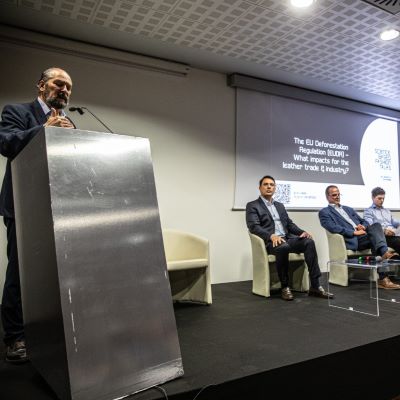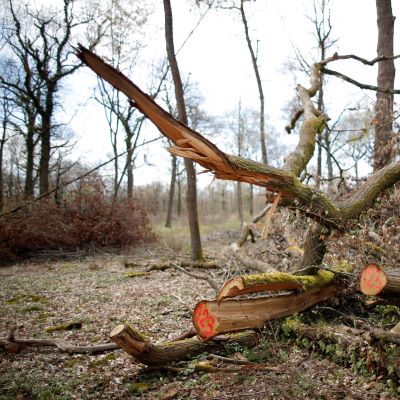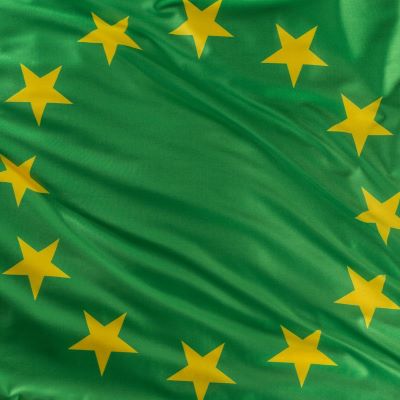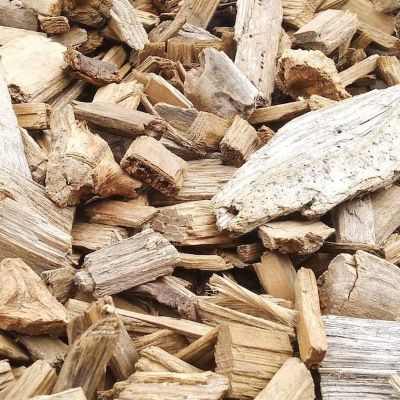European leather industry presents evidence against the inclusion of leather in the EUDR

A new study commissioned by COTANCE and UNIC shows that leather does not directly cause deforestation and that its inclusion in the EUDR could lead to job losses, supply chain disruptions and higher emissions
“The comprehensive study – Socio-economic and Environmental Analysis of the Effects of Regulation 2023/1155/EU on the European Leather Section – is a game-changer. It clearly shows that leather, as a by-product of the meat industry, does not drive deforestation. Including leather in the European Deforestation Regulation (EUDR) scope is misguided and could have damaging socio-economic and environmental consequences”, commented Manuel Rios, President of the Confederation of National Associations of Tanners and Dressers of the European Community (COTANCE).
At the 104th Lineapelle Fair in Milan, the European leather industry presented evidence against including leather in the EUDR’s scope. The study mentioned above was commissioned by the Italian Tanners’ Association (UNIC) and COTANCE and carried out by the Sant’Anna School of Advanced Studies of the University of Pisa.
According to Gustavo Gonzalez-Quijano, COTANCE’s Secretary General, the inclusion of leather in the EUDR would not achieve the expected environmental benefits. In contrast, it risks disrupting supply and shifting production to regions with weaker environmental regulations. COTANCE and its partners are urging policymakers to reconsider the scope of the regulation by excluding leather.
In addition, EUDR’s strict traceability requirements could severely disrupt the European cattle and hide supply chain, leaving European tanners without the raw materials they need. This could lead to business closures and substantial job losses throughout the supply chain.
Lastly, the study cautions that sidelining the European leather industry and replacing leather with synthetic alternatives such as polyurethane leather-like materials could cause greater environmental harm, including higher emissions and resource consumption. Sending cattle hides to landfills or exporting them to countries with lower environmental standards would undermine the objectives of the regulation itself.
At the 104th Lineapelle Fair in Milan, the European leather industry presented evidence against including leather in the EUDR’s scope. The study mentioned above was commissioned by the Italian Tanners’ Association (UNIC) and COTANCE and carried out by the Sant’Anna School of Advanced Studies of the University of Pisa.
According to Gustavo Gonzalez-Quijano, COTANCE’s Secretary General, the inclusion of leather in the EUDR would not achieve the expected environmental benefits. In contrast, it risks disrupting supply and shifting production to regions with weaker environmental regulations. COTANCE and its partners are urging policymakers to reconsider the scope of the regulation by excluding leather.
Key Findings
The study highlights three key findings regarding including leather in the EUDR. Firstly, the analysis found that there is no direct connection between leather and deforestation, as leather comes from cattle primarily raised for meat and dairy, and its production does not drive cattle farming.In addition, EUDR’s strict traceability requirements could severely disrupt the European cattle and hide supply chain, leaving European tanners without the raw materials they need. This could lead to business closures and substantial job losses throughout the supply chain.
Lastly, the study cautions that sidelining the European leather industry and replacing leather with synthetic alternatives such as polyurethane leather-like materials could cause greater environmental harm, including higher emissions and resource consumption. Sending cattle hides to landfills or exporting them to countries with lower environmental standards would undermine the objectives of the regulation itself.
Image Credits: COTANCE


















